In today’s digital landscape, search engine optimization (SEO) plays a vital role in driving organic traffic to your website. Implementing effective SEO strategies can significantly boost your online visibility and help you reach a wider audience. Some of the common pitfalls to avoid when you are working with Auckland SEO companies include improper keyword research, lack of quality content, neglecting on-page optimization, ignoring the importance of backlinks, and failing to regularly track and analyze website metrics.
1) Keyword Stuffing:
 One of the most common mistakes in SEO is keyword stuffing. Keyword stuffing refers to the practice of excessively using targeted keywords throughout your content in an attempt to manipulate search engine rankings. While it’s essential to include relevant keywords in your content, overusing them can lead to a poor user experience and may even result in search engines penalizing your website. Instead, focus on creating high-quality, informative content that naturally incorporates relevant keywords in a way that enhances readability and user engagement.
One of the most common mistakes in SEO is keyword stuffing. Keyword stuffing refers to the practice of excessively using targeted keywords throughout your content in an attempt to manipulate search engine rankings. While it’s essential to include relevant keywords in your content, overusing them can lead to a poor user experience and may even result in search engines penalizing your website. Instead, focus on creating high-quality, informative content that naturally incorporates relevant keywords in a way that enhances readability and user engagement.
2) Ignoring Mobile Optimization:
With the increasing use of smartphones and tablets, mobile optimization is crucial for SEO success. Ignoring mobile optimization can lead to a significant loss in potential traffic and rankings. Ensure that your website is mobile-friendly by adopting responsive design techniques that adapt to various screen sizes and resolutions. Optimizing your site for mobile not only improves user experience but also aligns with search engine algorithms, as they prioritize mobile-friendly websites in their rankings.
3) Neglecting Page Load Speed:
 Page load speed is a critical factor in both user experience and search engine rankings. Slow-loading websites tend to have higher bounce rates, as users quickly lose patience and navigate away. Additionally, search engines prioritize fast-loading sites to provide the best possible experience to their users. To avoid this pitfall, optimize your website’s performance by minimizing file sizes, leveraging browser caching, and optimizing server response times. Regularly monitor and improve your page load speed to ensure a seamless user experience.
Page load speed is a critical factor in both user experience and search engine rankings. Slow-loading websites tend to have higher bounce rates, as users quickly lose patience and navigate away. Additionally, search engines prioritize fast-loading sites to provide the best possible experience to their users. To avoid this pitfall, optimize your website’s performance by minimizing file sizes, leveraging browser caching, and optimizing server response times. Regularly monitor and improve your page load speed to ensure a seamless user experience.
4) Duplicate Content:
Having duplicate content on your website can harm your SEO efforts. Search engines aim to deliver unique and valuable content to their users, so having duplicate content can result in lower rankings or even indexing issues. Avoid duplicating content from other sources and ensure that each page on your website provides original and valuable information. Regularly perform content audits to identify and remove any duplicate content that might be hindering your SEO performance.
5) Neglecting Metadata and Title Tags:
 Metadata and title tags are vital elements of on-page optimization. Neglecting them can have a significant impact on your website’s search engine visibility. Each page of your website should have unique and descriptive title tags that accurately represent the content on that page. Additionally, optimizing your metadata, including meta descriptions and alt tags, helps search engines understand the relevance of your content. By optimizing these elements, you improve the chances of your web pages appearing in search engine results and attracting relevant traffic.
Metadata and title tags are vital elements of on-page optimization. Neglecting them can have a significant impact on your website’s search engine visibility. Each page of your website should have unique and descriptive title tags that accurately represent the content on that page. Additionally, optimizing your metadata, including meta descriptions and alt tags, helps search engines understand the relevance of your content. By optimizing these elements, you improve the chances of your web pages appearing in search engine results and attracting relevant traffic.
In conclusion, developing a search-optimized website requires a strategic approach and attention to detail. Avoiding common pitfalls like keyword stuffing, ignoring mobile optimization, neglecting page load speed, duplicating content, and neglecting metadata and title tags is crucial for SEO success. By implementing these best practices, you can enhance your website’s visibility, improve user experience, and drive organic traffic to achieve your online goals. Remember, SEO is an ongoing process, so regularly monitor your website’s performance and adapt your strategies to stay ahead in the ever-evolving digital landscape.
…
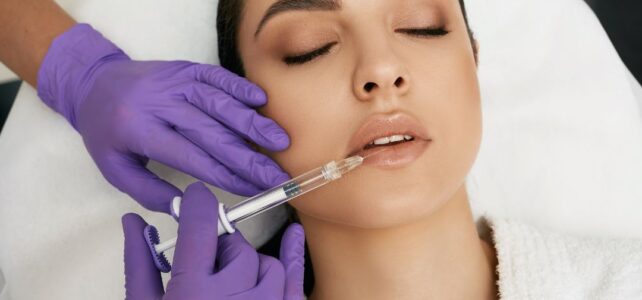
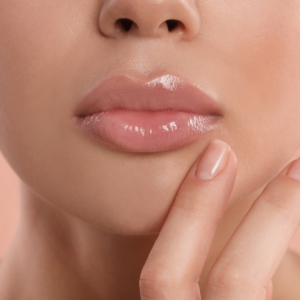 The effects of lip filler typically last for about 6 months, though this can vary depending on the individual patient. The injections are relatively quick and painless, with minimal discomfort during treatment. After the injection, patients may experience some swelling or bruising in the area that will usually resolve within a few days.
The effects of lip filler typically last for about 6 months, though this can vary depending on the individual patient. The injections are relatively quick and painless, with minimal discomfort during treatment. After the injection, patients may experience some swelling or bruising in the area that will usually resolve within a few days. The most common side effects associated with lip fillers include swelling, bruising, pain, and inflammation at the injection site. These side effects typically resolve within a few days but can take up to 2 weeks. In rare cases, lip fillers may also cause an allergic reaction or infection at the injection site. Additionally, there is also a risk of lumpiness or asymmetry if the procedure isn’t performed correctly.
The most common side effects associated with lip fillers include swelling, bruising, pain, and inflammation at the injection site. These side effects typically resolve within a few days but can take up to 2 weeks. In rare cases, lip fillers may also cause an allergic reaction or infection at the injection site. Additionally, there is also a risk of lumpiness or asymmetry if the procedure isn’t performed correctly.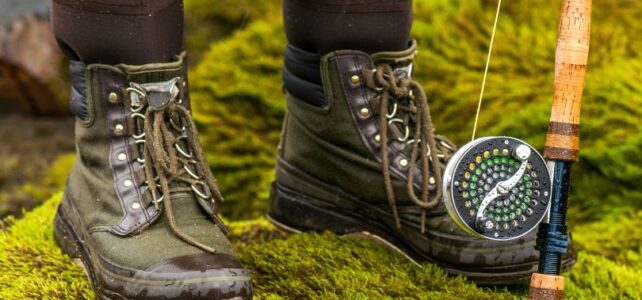
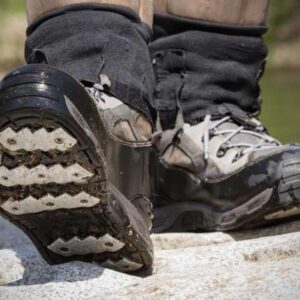 Traction is perhaps the most critical feature to consider when selecting wading boots. Fly fishing often takes place in fast-moving rivers and streams, where rocks and algae-covered surfaces can be incredibly slippery. Look for boots that offer a high-quality, durable rubber sole with deep treads for optimal traction. Some boots even come with specialized gripping systems, such as Vibram soles, which provide excellent traction on a variety of surfaces.
Traction is perhaps the most critical feature to consider when selecting wading boots. Fly fishing often takes place in fast-moving rivers and streams, where rocks and algae-covered surfaces can be incredibly slippery. Look for boots that offer a high-quality, durable rubber sole with deep treads for optimal traction. Some boots even come with specialized gripping systems, such as Vibram soles, which provide excellent traction on a variety of surfaces.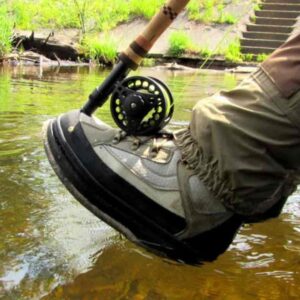 4) Comfort and Fit:
4) Comfort and Fit: